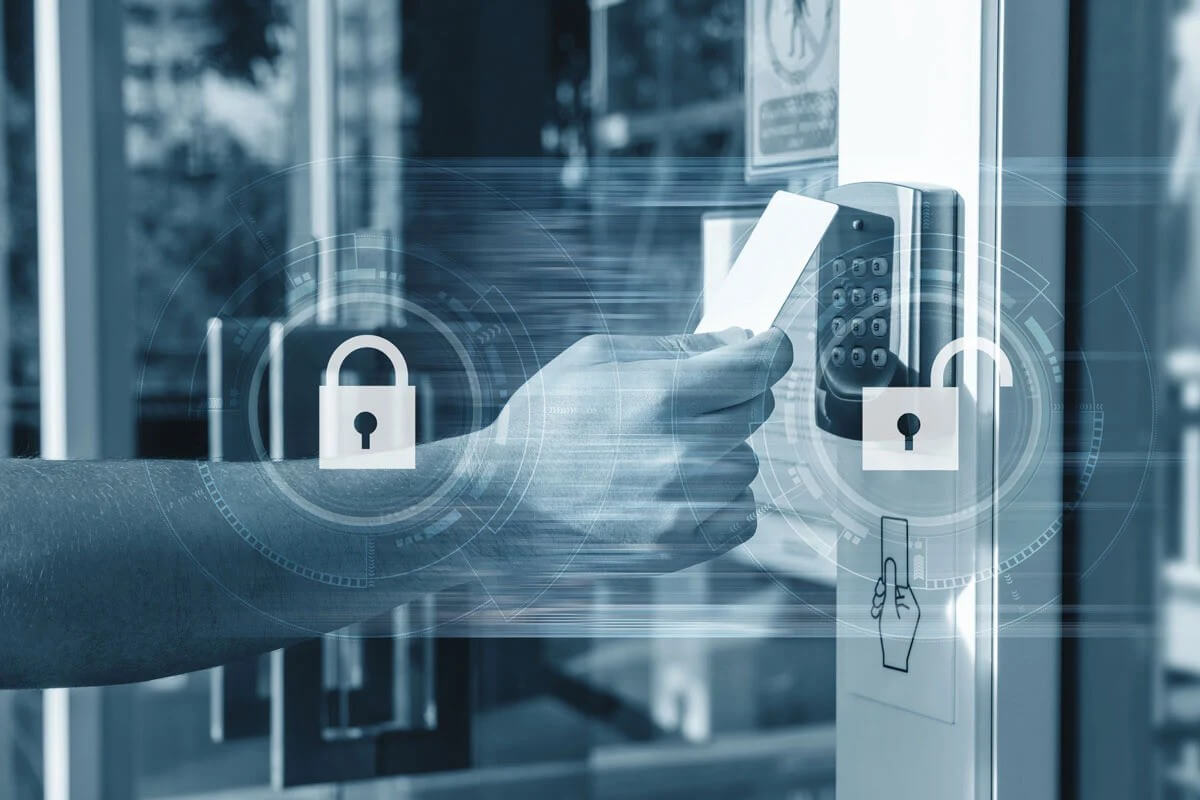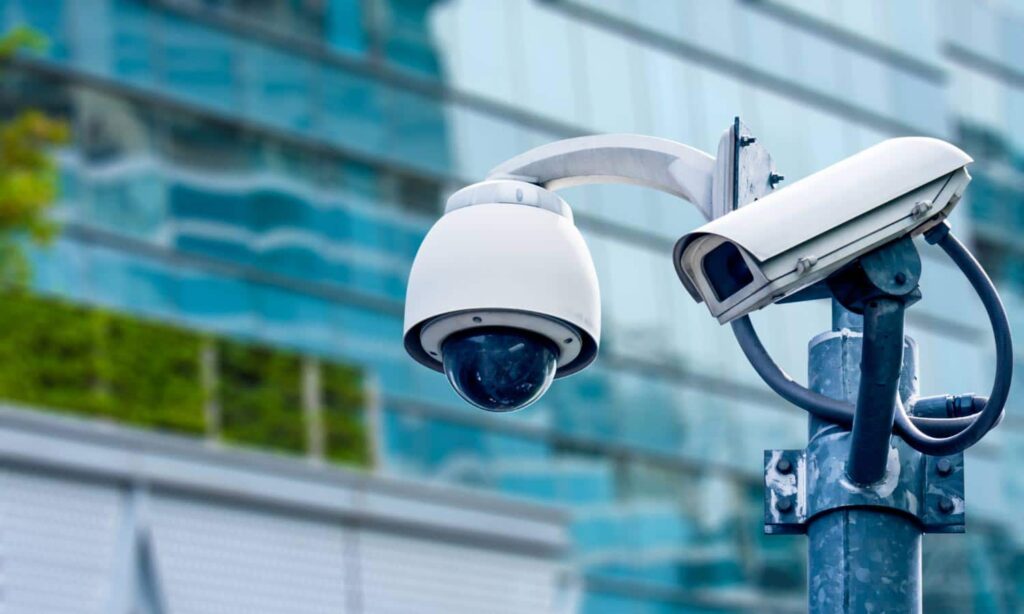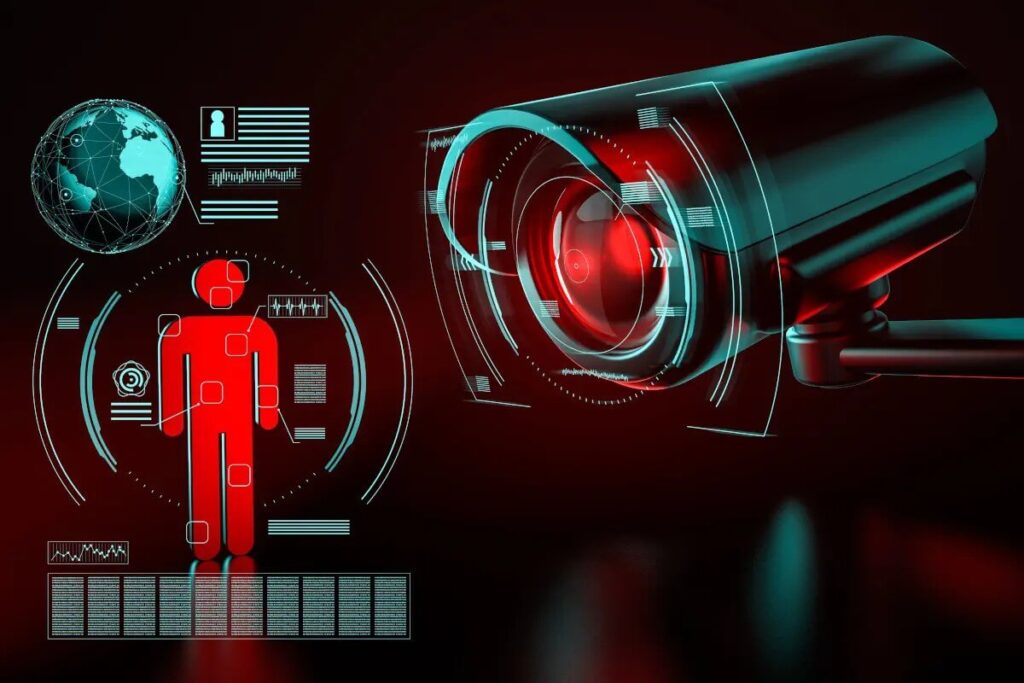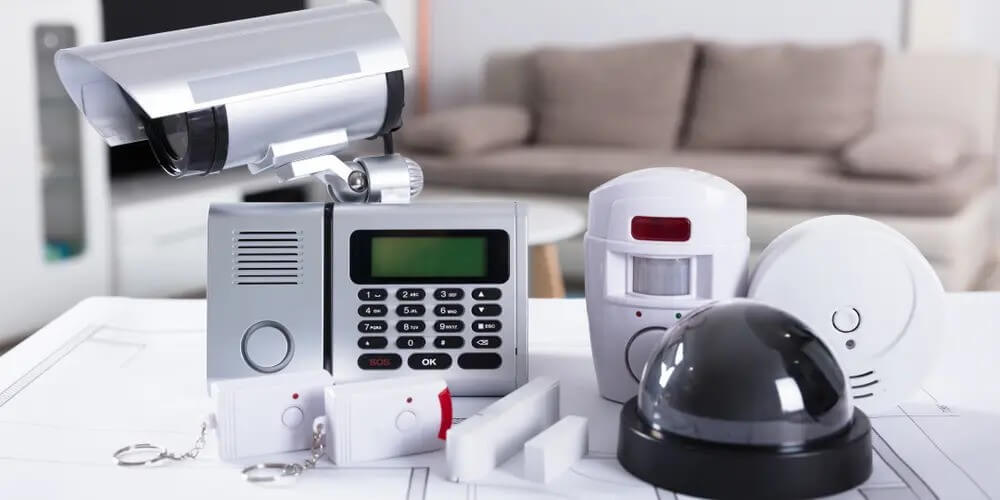In an increasingly digital and interconnected world, the importance of robust security measures for businesses cannot be overstated. Commercial security solutions have evolved significantly, driven by advancements in technology and the ever-changing landscape of threats. This article explores the best technologies available today, helping businesses safeguard their assets, employees, and data.
Understanding the Importance of Commercial Security
Businesses today face a myriad of security threats, ranging from physical break-ins to cyber-attacks. The financial implications of these threats can be devastating, leading to loss of revenue, damage to reputation, and legal repercussions. Therefore, investing in comprehensive business security solutions is not just a precaution; it is a necessity.
Moreover, with the rise of remote working and digital transactions, businesses must adopt a multi-faceted approach to security. This includes not only protecting physical premises but also securing digital infrastructures. Understanding the importance of these security measures is the first step towards creating a safe business environment.
Physical Security Measures
Physical security remains a cornerstone of commercial security solutions. This includes measures such as surveillance systems, access control, and alarm systems. Each of these components plays a vital role in deterring potential threats and ensuring the safety of employees and assets.
Surveillance systems, such as CCTV cameras, provide real-time monitoring of premises. Modern systems offer high-definition video quality and remote access, allowing business owners to monitor their properties from anywhere. Meanwhile, access control systems restrict entry to authorised personnel, ensuring that sensitive areas are protected. Furthermore, integrating these systems with mobile applications can enhance responsiveness, enabling security personnel to act swiftly in case of an incident. The presence of visible security measures can also act as a deterrent, as potential intruders are less likely to target a business that demonstrates a commitment to safety.
Cybersecurity Solutions
As businesses become more reliant on technology, the need for robust cybersecurity measures has never been more critical. Cyber-attacks can lead to data breaches, financial loss, and damage to an organisation’s reputation. Implementing effective cybersecurity solutions is essential for protecting sensitive information.
Firewalls, antivirus software, and intrusion detection systems are just a few of the tools that can help safeguard digital assets. Additionally, regular software updates and employee training are crucial in maintaining a strong cybersecurity posture. It is also vital for businesses to conduct periodic security audits and vulnerability assessments to identify potential weaknesses in their systems. By staying informed about the latest threats and employing proactive strategies, companies can significantly reduce their risk of falling victim to cybercrime. The implementation of a comprehensive incident response plan can further ensure that, in the event of a breach, the business is prepared to react swiftly and effectively, minimising damage and restoring operations as quickly as possible.
Integrating Technology into Security Solutions
The integration of technology into security solutions has revolutionised the way businesses approach safety. Smart technologies, including IoT devices and AI-driven analytics, enable businesses to monitor and respond to threats more effectively.
For instance, smart locks can be controlled remotely, allowing for greater flexibility in managing access to facilities. Similarly, AI analytics can help identify patterns of behaviour that may indicate potential security threats, enabling proactive measures to be taken.
Video Surveillance Innovations
Video surveillance technology has advanced significantly, with innovations such as cloud storage and AI analytics enhancing its effectiveness. Cloud-based systems allow for the storage of vast amounts of footage without the need for extensive on-site hardware. This not only saves space but also ensures that data is accessible from anywhere.

AI-driven video analytics can automatically detect unusual activity, such as unauthorised access or loitering, and alert security personnel in real-time. This proactive approach significantly reduces response times and enhances overall security.
Access Control Systems
Modern access control systems have evolved from traditional key and lock mechanisms to sophisticated digital solutions. Biometric systems, such as fingerprint and facial recognition, offer enhanced security by ensuring that only authorised individuals can gain entry.
These systems can be integrated with other security measures, such as surveillance cameras, to create a comprehensive security network. Additionally, mobile access control allows employees to use their smartphones to gain entry, providing convenience alongside security.
The Role of Employee Training in Security
While technology plays a significant role in commercial security, the human element cannot be overlooked. Employee training is crucial in ensuring that staff are aware of potential threats and understand how to respond effectively.
Regular training sessions can cover topics such as recognising phishing attempts, proper use of security equipment, and emergency response protocols. By equipping employees with the knowledge they need, businesses can create a culture of security awareness that significantly reduces risk.
Creating a Security Awareness Culture
Fostering a culture of security awareness within an organisation is essential for effective risk management. This involves not only training but also encouraging open communication about security concerns. Employees should feel empowered to report suspicious activity without fear of repercussions.
Regular updates on security policies and procedures can help keep security at the forefront of employees’ minds. Furthermore, engaging employees in discussions about security can lead to valuable insights and suggestions for improvement.
Choosing the Right Security Solutions for Your Business
With a plethora of security technologies available, selecting the right solutions for a business can be overwhelming. It is essential to assess the specific needs and vulnerabilities of the organisation before making any decisions.
Conducting a thorough risk assessment can help identify areas that require attention. This assessment should consider factors such as the nature of the business, the physical layout of the premises, and the types of data being handled. Once these factors are understood, businesses can tailor their security solutions accordingly.
Consulting with Security Experts
Engaging with security experts can provide valuable insights into the best solutions for a business. These professionals can conduct comprehensive assessments and recommend tailored strategies that align with the organisation’s needs.
Moreover, security consultants can help businesses stay updated on the latest technologies and trends in the industry. This ensures that organisations remain proactive in their security measures, adapting to new threats as they arise.
Future Trends in Commercial Security
The landscape of commercial security is continually evolving, driven by technological advancements and changing threat dynamics. Staying informed about future trends can help businesses remain ahead of potential risks.

One notable trend is the increasing use of artificial intelligence and machine learning in security systems. These technologies can enhance threat detection and response capabilities, allowing for more efficient security management.
Cloud-Based Security Solutions
Cloud-based security solutions are becoming increasingly popular due to their scalability and flexibility. These systems allow businesses to access security data and manage their security infrastructure from anywhere, making them ideal for organisations with multiple locations.
Furthermore, cloud solutions often come with automatic updates, ensuring that businesses are always equipped with the latest security features. This reduces the burden on IT staff and allows organisations to focus on their core operations.
Integration of Physical and Cybersecurity
As the lines between physical and cyber threats continue to blur, the integration of physical and cybersecurity measures is becoming essential. A holistic approach to security ensures that all potential vulnerabilities are addressed, creating a more robust defence.
This integration can involve sharing data between physical security systems, such as access control and surveillance, and cybersecurity measures. By doing so, businesses can gain a comprehensive view of their security posture and respond more effectively to incidents.
Conclusion
In conclusion, commercial security solutions are vital for protecting modern businesses against a wide range of threats. By understanding the importance of security, integrating advanced technologies, and fostering a culture of awareness, organisations can create a safe and secure environment for their employees and assets.
As the security landscape continues to evolve, staying informed about the latest trends and technologies will be crucial for businesses looking to safeguard their future. Investing in the right security solutions not only protects against current threats but also prepares organisations for the challenges of tomorrow.
Related article: Business Security Monitoring: How to Detect Threats Before They Happen





